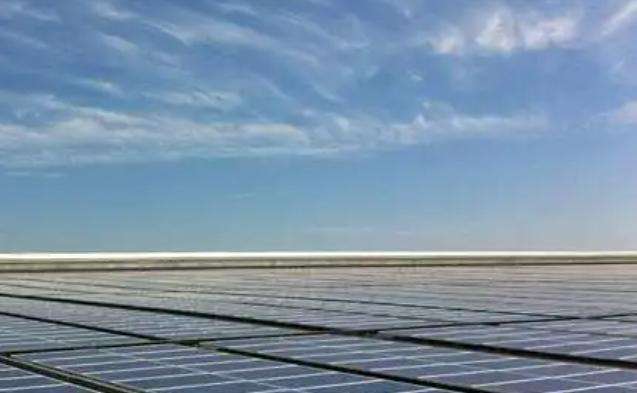There are two types of diesel generator transmission link basics. One is a single link, that is, the output pulley of the diesel engine and the power input pulley of the generator are driven by a belt. There is no requirement regarding the center height of the. diesel engine generator shaft. Both bases should be as small as a triangular iron base bracket for ladders. The transmission linkage of large diesel generators uses coaxial couplings, so the center height from the base to the machine shaft should be strictly measured, and then the chassis is prepared.
How much does the base of a wind turbine cost?
The base of a wind turbine is an important part of the wind turbine. It supports the weight of the whole. wind turbine and also need to resist the enormous force brought by the wind. Therefore, the design and structure of the wind turbine base is very importantes.
Design points
The design points of the wind turbine base mainly include the following aspects:
1. Load capacity: The base of the wind turbine must support the load. all wind energy The weight of the generator must also withstand the enormous force brought by the wind. Therefore, the bearing capacity of the base must be strong enough.
2. Stability: The base of the wind turbine must have good stability to ensure that the entire wind turbine will not tilt or collapse under the action of the wind.
3. Durability: The wind turbine base should have good durability to ensure that it will not be damaged or deformed during long-term use.
Structural characteristics
The structural characteristics of the wind turbine base mainly include the following aspects:
1. Base part: The base part of the wind turbine base. is generally Itis cast in concrete to ensure sufficient bearing capacity and stability.
2. Support structure: The support structure of the wind turbine base is usually made of steel or concrete to ensure sufficient strength and stability.
3. Connection part: The connection part of the wind turbine base is usually bolted or welded to ensure sufficient connection strength and stability.
Application scenario analysis of wind turbine base
Wind turbine base is mainly used in wind farms. Its main function is to support the wind turbine and resist the force of the wind. The application scenarios of wind turbine bases mainly include the following aspects:
1. Lowland areas: Lowland areas generally have less wind, so taller wind turbines are required to achieve sufficient energy production. In this case, the base of the wind turbine must haveoir sufficient bearing capacity and stability to guarantee the safe operation of the entire wind turbine.
2. Mountainous areas: Mountainous areas generally have stronger winds, so weaker wind turbines are required to achieve sufficient electricity generation. In this case, the wind turbine base must have sufficient stability and durability to ensure that the entire wind turbine will not tilt or collapse under the action of strong winds.
3. Offshore wind farms: Offshore wind farms generally have stronger winds, and must also withstand the impact of waves. In this case, the wind turbine base must have sufficient durability and stability to ensure that the entire wind turbine will not tilt or collapse under wave action.
The operating steps of the wind turbine base
The operating steps of the wind turbine base comainly include the following aspects:
1. Building the Foundation: First, this must be done. Foundation construction includes digging foundation pits, constructing formwork, pouring concrete and other steps.
2. Install the support structure: After the foundation construction is completed, the support structure must be installed, including support columns, support rings and other steel or concrete parts.
3. Install the connecting part: After the support structure is installed, the connecting part needs to be installed, including steps such as bolted connections or welded connections.
4. Install the wind turbine: After the connection part is installed, the wind turbine needs to be installed and connected to the base.
5. Debugging and testing: After the installation is completed, the entire wind turbine needs to be debugged and tested to ensure its functionality.nally normal.
What type of base? Is it the cabin chassis? Or the bases, or the base ring?
How powerful is the wind turbine? How tall is the tower?
If you are asking about foundation, what type of foundation is used? Is it the gravity type?
If the base you're talking about refers to the cabin chassis, assuming it's two megawatts, and assuming it's the one we designed, then: it weighs about 15, 9 cm, is made of ductile iron and it takes tens of ten thousand.
If what you are talking about is basic, assuming it is 2 MW, the amount of steel used is only a few tens of tons. It's hard to say what the cost is.














